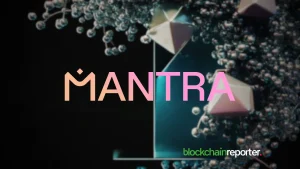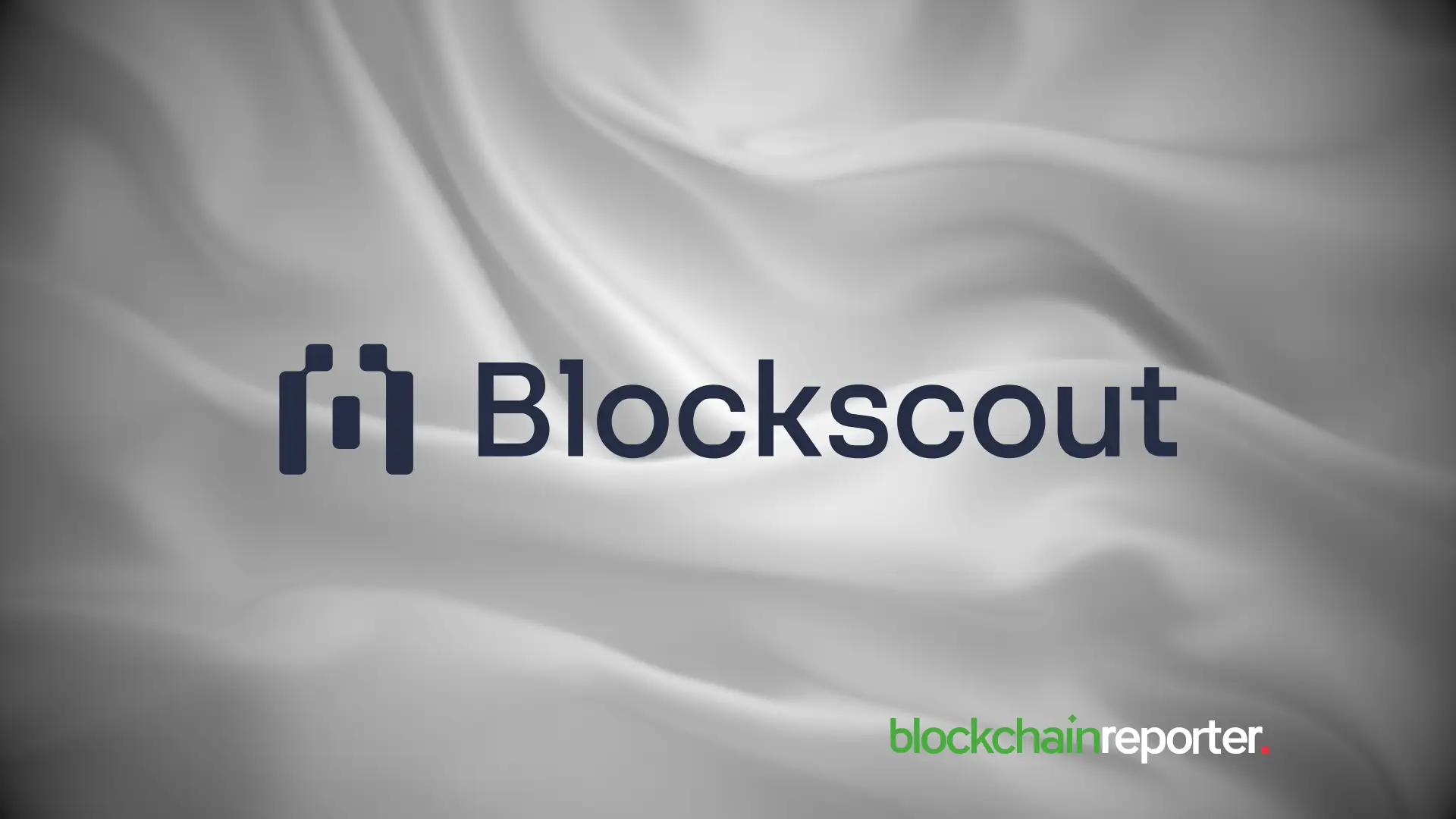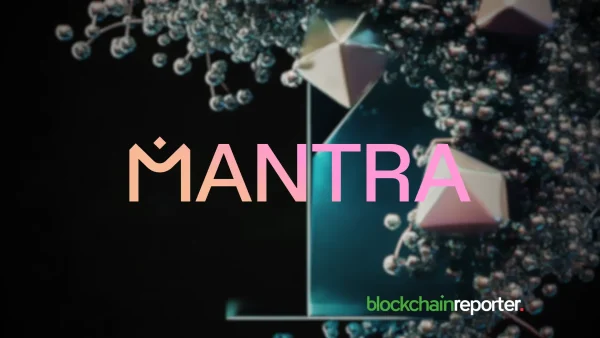
In the ever-evolving landscape of blockchain technology, layer 2 solutions have gained significant traction, aiming to address the scalability issues of their layer 1 counterparts. Among these, Base, a pioneering layer 2 network, has remarkably surged to the forefront, achieving a milestone that solidifies its rapid expansion.
Just 11 days following its mainnet launch, Base has attracted an astounding one million unique addresses. Even before its official debut on August 9, 2023, the network had garnered substantial attention, amassing 532,000 addresses through unauthorized bridges – a testament to the eager anticipation surrounding its capabilities, as per research by CoinGecko.
Comparing this growth trajectory to its predecessors, it becomes evident that the adoption of layer 2 solutions has accelerated over time. Arbitrum and Optimism, two prominent layer 2 protocols, reached the one million unique address mark in 303 and 191 days, respectively. The mainnet launch dates for these solutions were August 31, 2021, and January 16, 2022. In contrast, zkSync achieved this feat 71 days earlier, with over a million addresses active on its Era mainnet by June 3, 2023, following its formal release on March 25.
The emergence of Base has further compressed this timeline, setting a new standard for rapid adoption. Backed by Coinbase, the network’s remarkable success can be partly attributed to the popularity of memecoins such as Bald (BALD), which saw a peak market worth exceeding $100 million. Notably, Base lacks a native token, contributing to increased network traffic and user engagement.
Layer 2 protocol adoption is rising
Interestingly, the adoption rate of layer 2 protocols lacking native tokens appears to be higher. Both zkSync and Base, despite not having released their native coins, have witnessed significant user activity. In contrast, Optimism and Arbitrum have incentivized user participation by conducting airdrops of tokens.
Comparing the current landscape of layer 2 networks, Arbitrum stands out with a substantial 11.4 million unique addresses, securing its position as a leader in the field. Optimism follows closely with eight million unique addresses. In contrast, zkSync boasts 1.8 million unique addresses, while Base records an impressive one million. However, it’s crucial to note that these numbers pale compared to Ethereum’s dominance, which boasts over 241 million unique addresses as of August 20, 2023.
In a rapidly evolving sector, Base’s meteoric rise is a testament to the increasing appetite for efficient and scalable blockchain solutions. While the layer 2 ecosystem is flourishing, Ethereum’s sheer user base underscores its continued prominence in crypto. As innovation propels the industry forward, all eyes remain on the dynamic interplay between layer 1 and layer 2 networks and how they collectively shape the future of blockchain technology.








